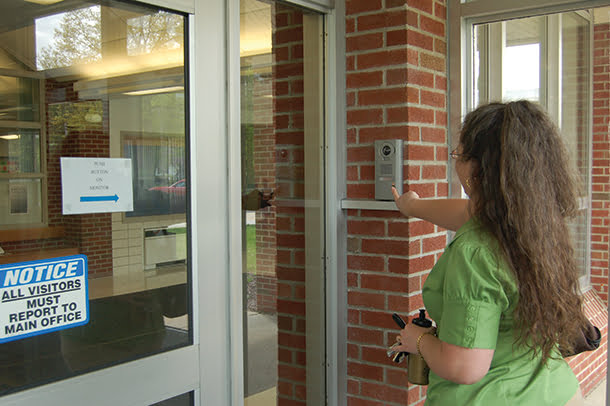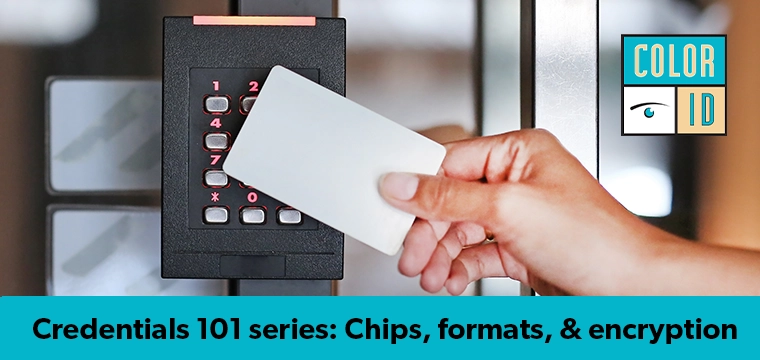
PASS tackles the process of security from multiple angles, forming a tiered approach to implementation. The group’s recommendations follow the practice of implementing security in depth, laying out solutions for property perimeters, parking lots, building perimeters, classrooms, visitor control, video surveillance and emergency notification.
Within each layer of security the recommendations are divided into Tiers, progressing from Tier 1, which provides a good baseline level of security, to Tier 4 that includes the most aggressive measures for securing a facility.
The reality is that many schools won’t be able to implement Tier 4 measures, nor will many have the need to do so. The purpose of the Tiers is to provide school administrators with the necessary tools to gauge their risk level, security needs, and using their available resources, develop a security plan tailored to their school.
One of the primary authors of the K-12 guidelines is Jim Crumbley president and CEO of Risk Response Team and PASS vice chairman. He sees the tiered structure as a means to create a more personalized security assessment for schools. “As a consultant, it’s important to understand the culture of the organization as well as the risks that it faces, mitigate those risks and match a solution to the available funding and budget,” he explains.
Crumbley stresses that security systems must do more than cover liability alone. “Setting the bar higher than the organization is able to achieve is not doing anyone any favors,” he says.
Suggesting a comprehensive access control system for a school that may not be able to afford one isn’t an effective approach. Instead, Crumbley says that a school must look at what it can do today. From there, it can present facts to its school board to lay a framework for further improvements going forward. “It gives schools a phased option for securing a facility,” he says.
Crumbley often sees people emphasize the catastrophic events to gain traction for funding, but he says over time that traction can be lost. A better way would be to build a case study to show where a school actually stands on daily incidents – crime, violence in the area, car break-ins, vandalism, fights, drug or gang activity, and so on.
Crumbley warns against making emotional decisions based on active shooter scenarios. “Schools will install bulletproof glass at the front door but won’t have cameras installed yet,” he says. “There has to be a baseline system in place first.”
Crumbley explains that the tiered structure is designed to enable a school to move between the various levels over time as budgets allow for improvements or as needs change. “It’s vital to work with local authorities to determine a school’s risk and how to move up the tier continuum,” he says.
The tiers aren’t reserved for particular types of schools, rather the tiers are designed to be navigated over time. “While a Tier 4 could be difficult on the funding side, and higher Tiers may be difficult for a school to support, you could start out at a Tier 1 and upgrade to higher tiers over time,” Crumbley explains.
For K-12 schools, security measures will be subject to budgets, and unless a school has unlimited resources, difficult decisions regarding how best to secure a campus and its students must be made.
The guidelines identified in PASS’ document are not intended to provide solutions for every risk and every situation, nor will it make any product-specific recommendations. The document does, however, highlight the need for administrators and public safety officials to work together, using the guidelines as a basis to assess needs and develop a risk management strategy unique to each school.
“The optimal goal is to make this a code where a school can say ‘I want a Tier 1 system,’ and the guidelines would give them the proper recommendations for that,” explains St. Pierre. “We want to help schools identify what tier they want to be at and give them specifics to make that a reality.”
SIA and NCSA stress that the ideas and recommendations detailed in the PASS guide are meant to be “living.” That is, when new risks and new approaches are identified – technical or operational – PASS will update the Tiers and general recommendations accordingly.
Physical security and campus safety make up the primary concern for parents and educators alike. Despite the undeniable need for such measures on campus, however, the process of implementing proper safety and security is a daunting one.
By providing school administrators with the valuable insight they need to make educated decisions, the process can be a more manageable one. Additional information about PASS and the K-12 guidelines can be found at www.passk12.org.




